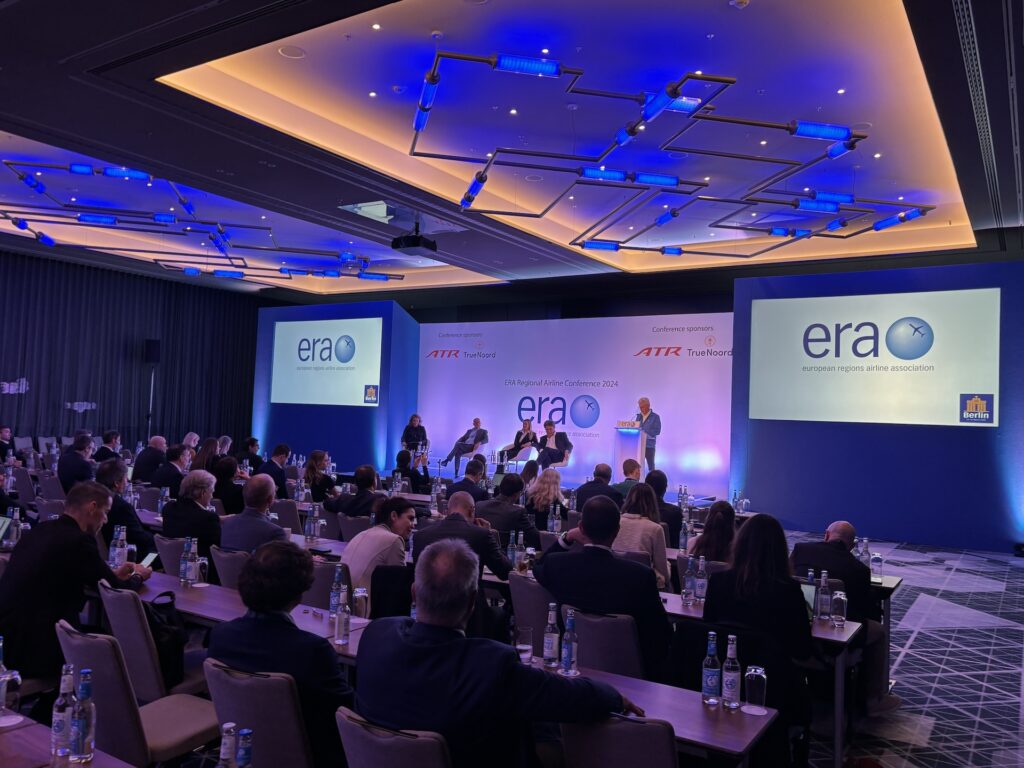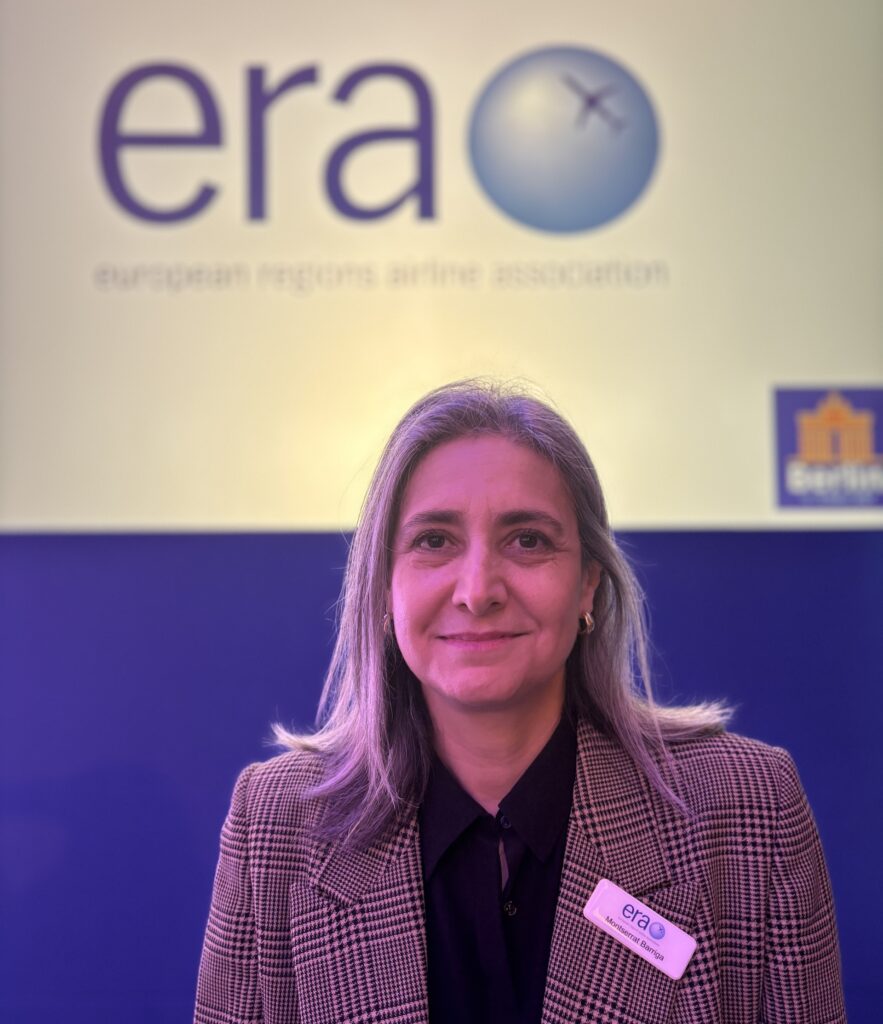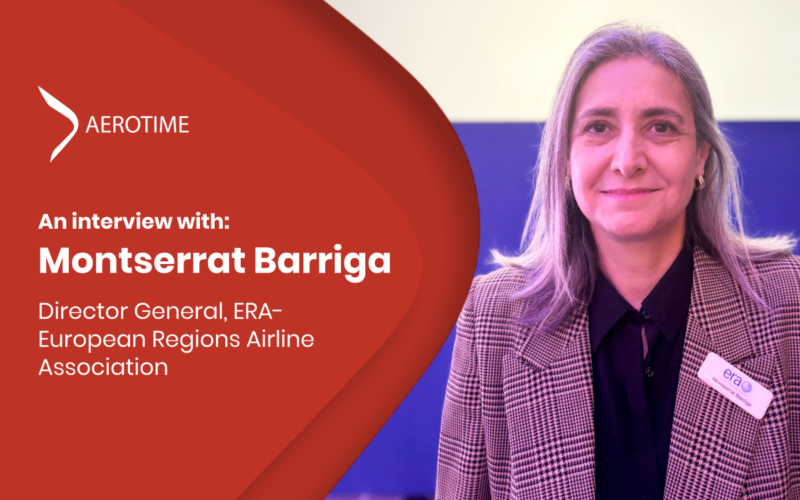Short-haul flying is under intense pressure in Europe. Not only are airlines in this segment having to contend with relatively low margins and competitive pressures, but they are now facing a new, potentially existential, challenge.
Environmental activists and politicians in several European countries are pressing for a ban on short-haul flights, in a bid to cut carbon emissions. Limited bans on certain domestic routes have followed in places like France and Spain and additional restrictive measures are currently being discussed in several other European states.
In their current form these bans are expected to have a limited practical impact on emissions figures. Responding to the French government’s decision to ban domestic short-haul flights where train alternatives are available, Laurent Donceel, interim head of industry group Airlines for Europe (A4E), said the new law was a “symbolic ban” and told the AFP news agency that “banning these trips will only have minimal effects”.
European airlines fear that bans such as these signal the start of much harsher measures. So, how are Europe’s regional airlines planning to navigate the bans? And how can they argue the case for keeping short-haul flights?
AeroTime attended the European Regions Airline Association (ERA) annual conference, which took place in Berlin on March 13-14, 2024, and had an in-depth conversation with ERA’s Director General, Montserrat Barriga, to gain fresh insight into the matter.

The ERA represents more than 55 airlines that operate primarily within the continent’s airspace, ranging from local operators to some national airlines.
Talking about the ERA’s advocacy work in Brussels, Barriga said: We are a relatively small part of the aviation industry so, [we] get together in this association to make our voices heard.”
While the main purpose of the ERA is to represent the interests of member airlines, many other companies have also joined the association. These companies are also part of the regional transport ecosystem and include the likes of aircraft and engine manufacturers and service companies.
“They contribute to the debate,” Barriga said. “We get lots of input from a whole range of industry players that support and complement our position.”
While Barriga acknowledged the somewhat hostile climate of opinion that has been building against short-haul air travel, she is adamant that airlines are doing their homework. Here she referred to the “Destination 2050” road map, a document that outlines the industry’s decarbonization strategy. It was jointly signed by five organizations representing a large part of the commercial aviation sector in Europe – Airlines for Europe, Airports Council International (ACI), ASD (the European Aerospace, Security and Defence association), CANSO (the European Air Traffic Management Industry Association) and, of course, ERA.
The technical document details how the industry intends to progressively decarbonize, from now to the year 2050. The action plan is based on four pillars: economic measures like the Emissions Trading Scheme (ETS), the use of sustainable aviation fuel (SAF), the roll out of new technologies such as electric and hydrogen propulsion and, finally, the unlocking of efficiency gains by enabling aircraft to navigate European skies more rationally.
“All four of them have a role to play,” Barriga explained. “But if there is one area in which we can make a particularly major contribution this is in the adoption of new technologies because it is in the regional market where many of these technologies are going to be tested and first implemented.”
Barriga expressed her opposition to measures aimed at penalizing the regional aviation sector. In her opinion, such moves hamper the capacity of the industry to move along the designated road map, while not really contributing to the goal decarbonization.
“If we were all moving towards this goal, then we would be aligned,” she said. “But what we often see is that some of these measures are just aimed at making people fly less.
“You may think that people flying less is a good thing. But this would only be the case if it gets us closer to reaching the final goal that is decarbonization.”
“This,” she added, “is not the case. The short-haul flight bans are doing nothing for the environment. Zero.”
Barriga referred to the recent short-haul flight ban in France, which is estimated to have had a negligible effect on emissions. Barriga is concerned that this type of measure creates the perception that aviation is “bad”.
“Aviation is not bad,” she said. “The public debate is being reduced to this. Let’s suppose we get rid of aviation completely. Is this really what we want as a society? I think it is clearly not. People need air connectivity, for their businesses, for their personal life. It is very important for many people to be able to keep those links.
“And let’s not forget that for many there is not even an alternative because they live in places where there are very few or no alternatives to get certain services. Hostility towards aviation will not get us, as a society, anywhere near fulfilling the decarbonization road map.”
She also mentioned several startups developing technologies to decarbonize air travel, such as ZeroAvia, Heart Aerospace, Vaeridion and Cosmic Aerospace. These, she said, are an important part of the association’s membership together with airlines, traditional OEMs and aeronautical suppliers.
“They had seen that there is an opportunity to develop alongside our airline members,” she explained. “These firms will bring solutions. They have been looking for funding and they are getting it. Venture capital firms, the financial community…they are investing.”
“This is clearly a positive message. It signals that the aviation industry will continue to be important and what matters is to keep moving along the path of decarbonization,” she added, before going on to hail the fact that investment is flowing into SAF projects, which is another important development.
The ERA has recently been active in lobbying against increased taxation on jet fuel, meeting with multiple stakeholders throughout Europe to explain the association’s point of view.
Barriga defended the position, stating that taxes on jet fuel would be the industry’s point of view that adding taxes on jet fuel would be a case of double taxation, since airlines are already subject to the EU’s Emissions Trading Scheme (ETS), which is, in fact, a tax on CO2 emissions.

Her argument is that taxing jet fuel further will punish those airlines with the lowest operational margins, which are usually the regionals. This, in her opinion, will hamper the implementation of the decarbonization road map. She also alluded to the fact that since the tax would only affect intra-European flights, it may end up making flights to destinations outside the EU more attractive, and this could result in people flying further away.
She said that while the debate is focused on punitive measures, other options such as the harmonization of European skies, which would defragment European airspace and allow more efficient aircraft routing, are still languishing.
“This would yield a 10% reduction in emissions pretty much immediately,” she said. “And it is purely a political decision. The technology is there and yet, it has not been approved.”
While electric vertical take-off and landing (eVTOL) aircraft are outside the scope of the ERA’s activities, Barriga sees a promising role for small zero emissions aircraft.
“We are seeking to connect communities with planes with around 20 seats and above,” she said. “There is an opportunity to introduce these planes to serve regions that are dependent on air transport, but do not have a critical mass of passengers [for traditional airliners – ed. note]. For example, establishing new public service obligation routes (PSOs) on thin routes or increasing frequencies on existing PSOs requiring more services
“In places like Norway, they use very small planes on local routes, there is an opportunity to replace those fleets, which are often more than 40 years old, with new aircraft propelled by electricity or hydrogen. The opportunities to improve air connectivity this way are enormous. It is possible that people will end up flying more. In fact, a lot more, not less.”
However, Barriga also showed caution regarding the potential costs involved, noting that since many of these technologies are, to a large degree, unproven and will be introduced piecemeal at first, the costs are not yet fully understood.
“We may end up flying more, although not necessarily more cheaply,” she added.
Barriga concluded the conversation by referring again to the Destination 2050 roadmap, which was first published in 2021 and will be updated in 2024 to consider the main lines of the EU’s “Fit for 55” program, the bloc’s aviation decarbonization mandate.
“So far we have been reaching all milestones in our road map,” she said. “When comparing alternatives, we must also take into account the impact of building massive pieces of infrastructure – for example, for trains – and how technology will evolve. Where are trains going to be 20 years from now and where will aircraft be? What is the decarbonization road map for each mode of transportation?”
“We must make decisions taking into account the data in its globality,” she said. “We must pass from perceptions to data.”


1 comment
Absolutely right statement by ERA. Only to add: first hydrogen and electric powered aircraft will be operational somewhen after 2035. And will be used on short haul routes. Till then railway business will make not so great progress. Why do we need to kill domestic /short haul air services now ?